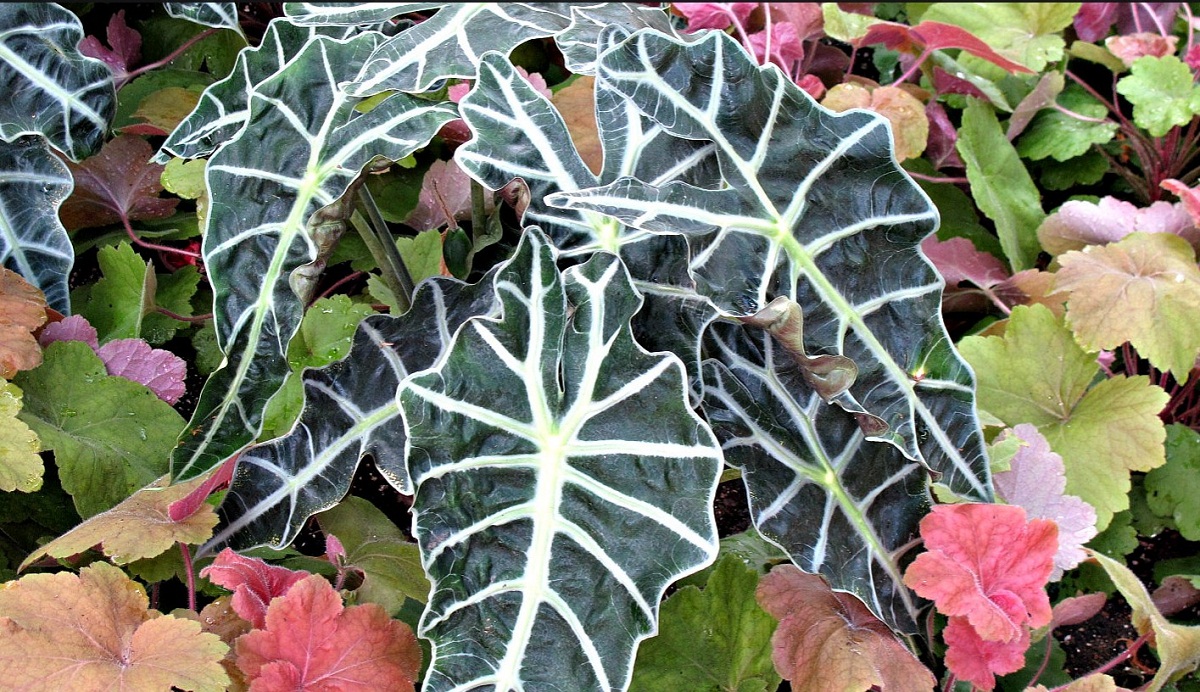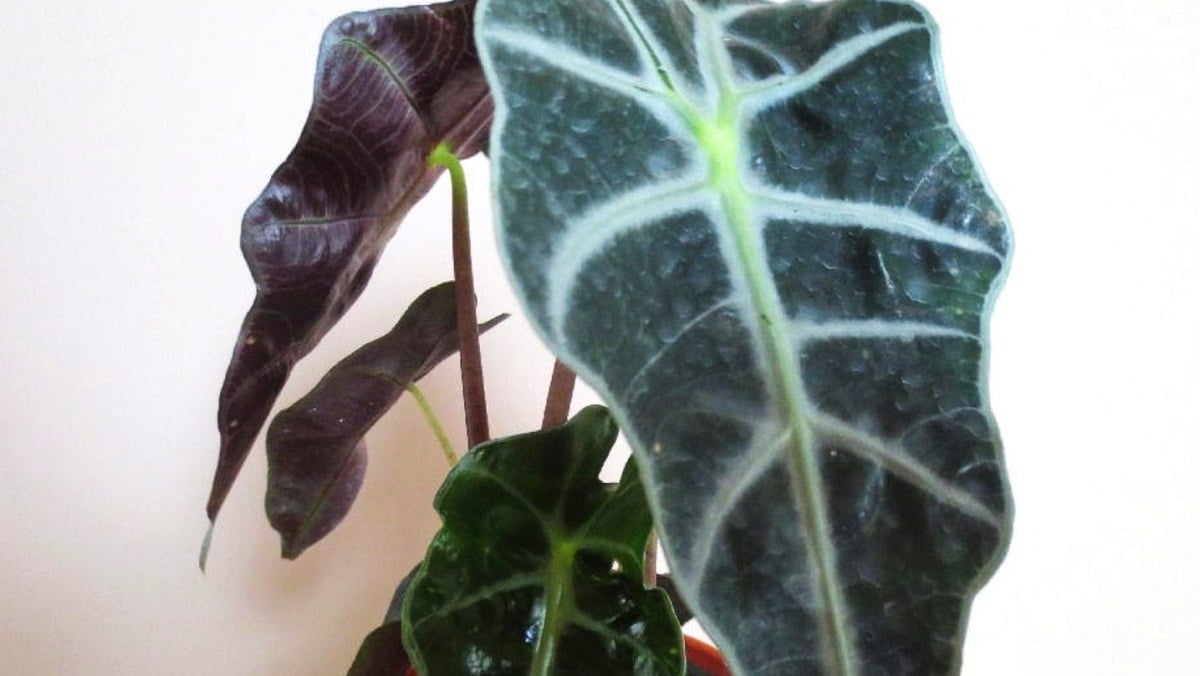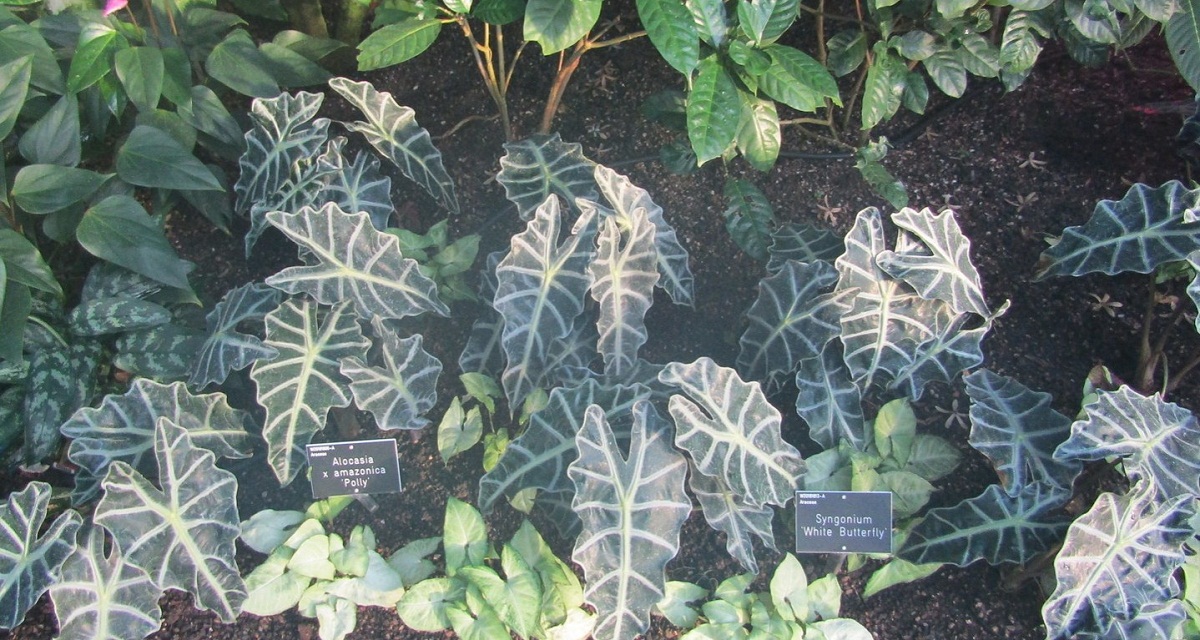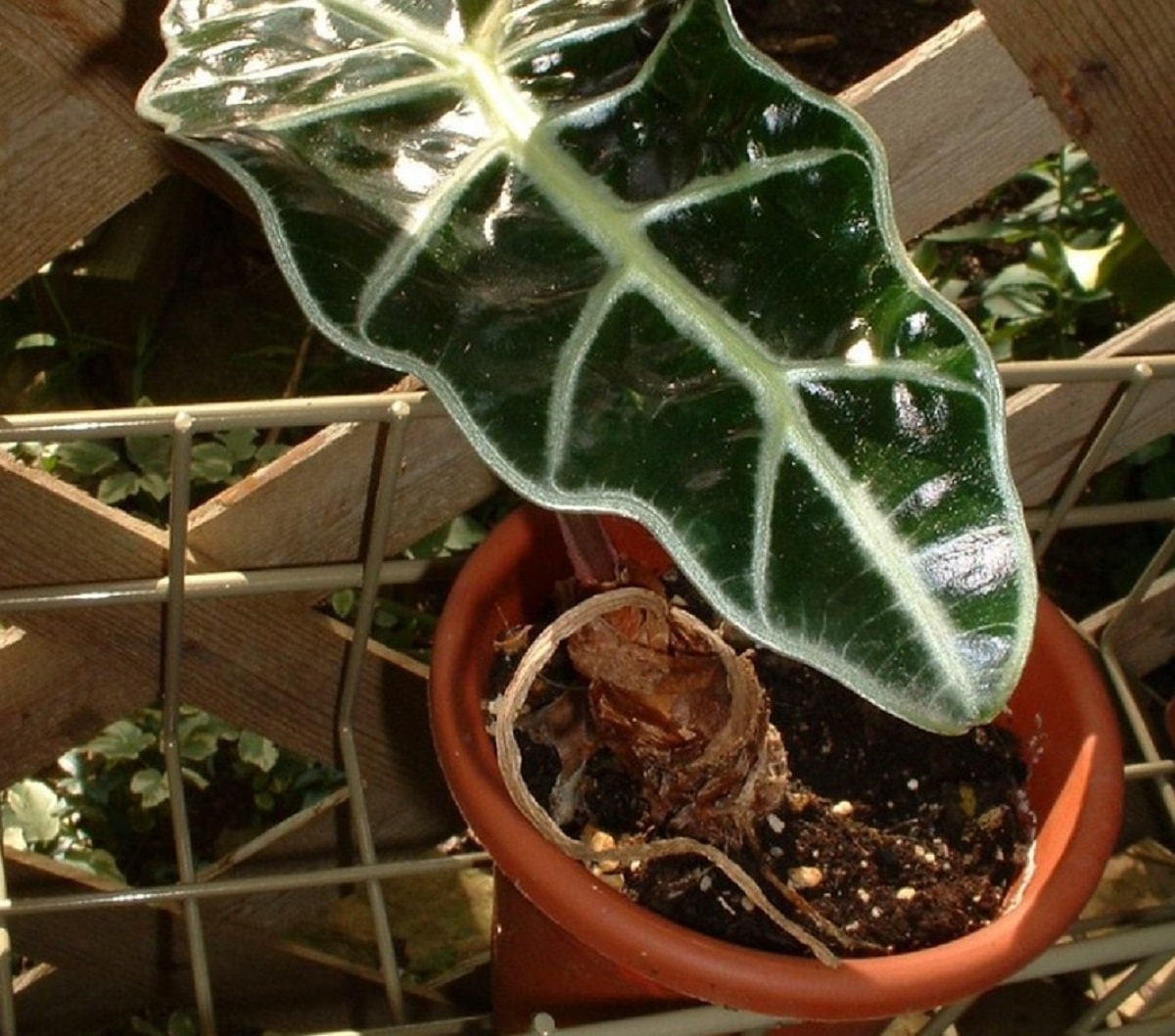
Alocasia polly is a very beautiful and unique plant. It is about the alocasia polly or as it is also known, Amazon Alocasia. Unlike many of the plants that have been discussed on this website, This does not have its great appeal thanks to the flowers, but rather to its leaves.
We invite you to know the most important details of this species so that you can take good care of it in case you have this or any other species belonging to the same family.
Alocasia Polly general data

This plant is well known not only because refers to the Amazon rainforest by the name it bears, but more for the form that their leaves acquire. So it is very normal to find an alternative name on the internet to the one we already mentioned.
And from what you are imagining, the leaves of this plant are shaped like an elephant's ear. Although it is also attributed to the fact that it has the shape of an arrow, but everything will depend on the variation that is being treated of this species.
Thus, this plant has a somewhat varied origin. That is it can be found distributed in many eastern countries, but at the same time it covers a large part of the South American and Central American territory.
The reason that it is so widespread is due to the climate in which it can live. In the features section we will talk a little about it. As a curious fact before moving on to the characteristics of the plant, this species does not usually have many leaves throughout its life, and at most you can create 5 or 6 plants at most.
Features
Does not require direct light
The first thing to mention about this plant is that despite being a species that loves light, it is very important that it is not planted directly under the sun. To do this would kill the plant before it even sprouts its first buds.
So it has to be in a bright place but that the sun does not affect them. However, you can have it inside your home without any problemBut if it does not get enough light, it will start to lengthen its stems in such a way that it is looking for the light.
Tallos
As for its stems, these are characteristic, unique and easy to identify. Basically they are like a kind of very light brown green tube in which at the end of each stem, there will be only one leaf. That is why each plant will have only 5 stems at most.
The size of the stems will depend on where you have the plant. As we already said, if you have it in a place where not enough light hits it, this will begin to grow more than necessary in search of it.
On the other hand, if you have it in the window of your home, the stems can reach a length between 5 and 15 cm. What if it is that in places with a lot of light, the stems are not usually elongated because they do not have the need, but they will never have the same length.
Size
In general terms, this plant is not very tall. The maximum that it can grow is up to 25 or 40 cm at most, and as we already mentioned, it is a species that does not have flowers.

Leaves
But something peculiar is that when a leaf grows, this acquires a shape very similar to that of a flower. That is, the leaves seem to be in a cocoon and as they grow, the leaves open and spread far and wide to the point of acquiring the shape of an arrow.
Plant transfer
It is very important that once you notice that the roots of the alocasia are coming out through the drainage holes of the pot, you move it to a new place. But this transplant process you should do it only during the summer time.
Care
Thanks to its origins in the jungles of Central and South America, the plant has to be in a warm environment. This means that it is not a species capable of withstanding the cold.
To be more exact, it is mandatory to have the alocasia polly in an environment whose temperature is between 18 and 25 ° C. Otherwise, being below recommended will cause the leaves to start to wilt and dry out.
To give you a fairly simple idea, having this plant in places where the ambient temperature oscillates between 15 and 17 ° will cause growth to be very slow. Even the development of its leaves will be affected.
Irrigation
Now, moving on to what would be the risks, this has to be prudent. For example, as it is a kind of warm environment, it needs to hydrate constantly but not in abundance.
You will wonder how to do it, all you have to do is wait until the soil is dry to be able to water it. Yes indeed, you have to ensure that the pot in which the plant is has a good filtration. Otherwise, the excess water will damage it.
So, during the summer for example, the waterings should be every 6 or 7 days. Controlling the water level and preventing water wells from being created in the pot. On the other hand, during the winter irrigation takes much longer because the soil takes a long time to dry out.
Environment humidity

Recalling what it is a plant of tropical origin, the humidity it needs is high, if not high. To ensure that it has sufficient humidity levels you can do several things.
The first one is pulverize the dry leaves or those that are no longer in very good condition. The other way is to take a plate larger than the pot where you have it and add water to the plate. Then place the pot on top of it and this will give it good moisture.
One last curious fact that will help you a lot when it comes to watering this beautiful plant is that if you do it too much, You will begin to notice that small drops of water will form on the tips of the leaves.